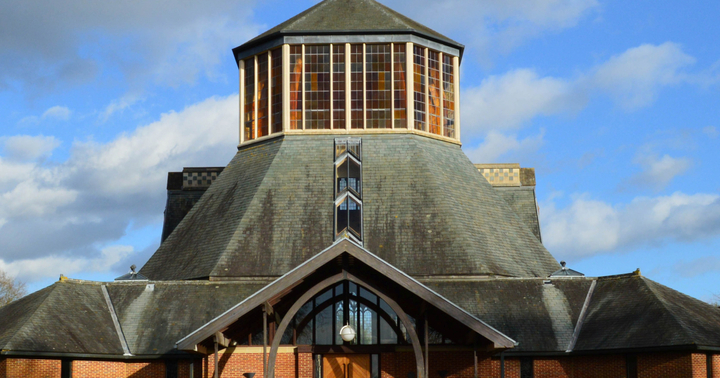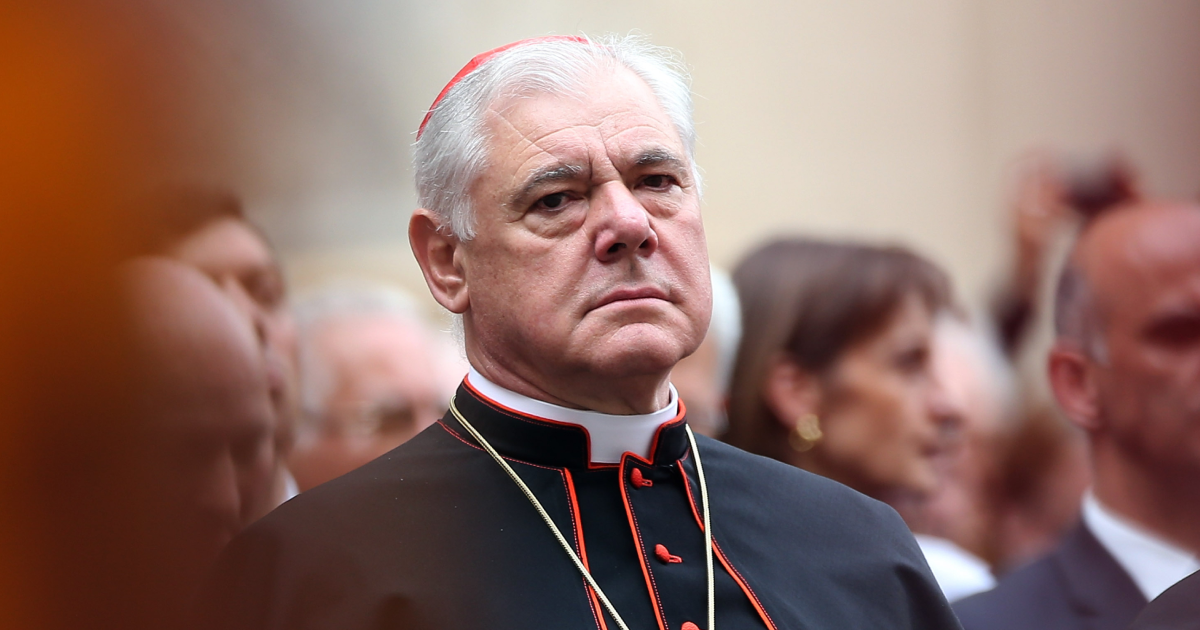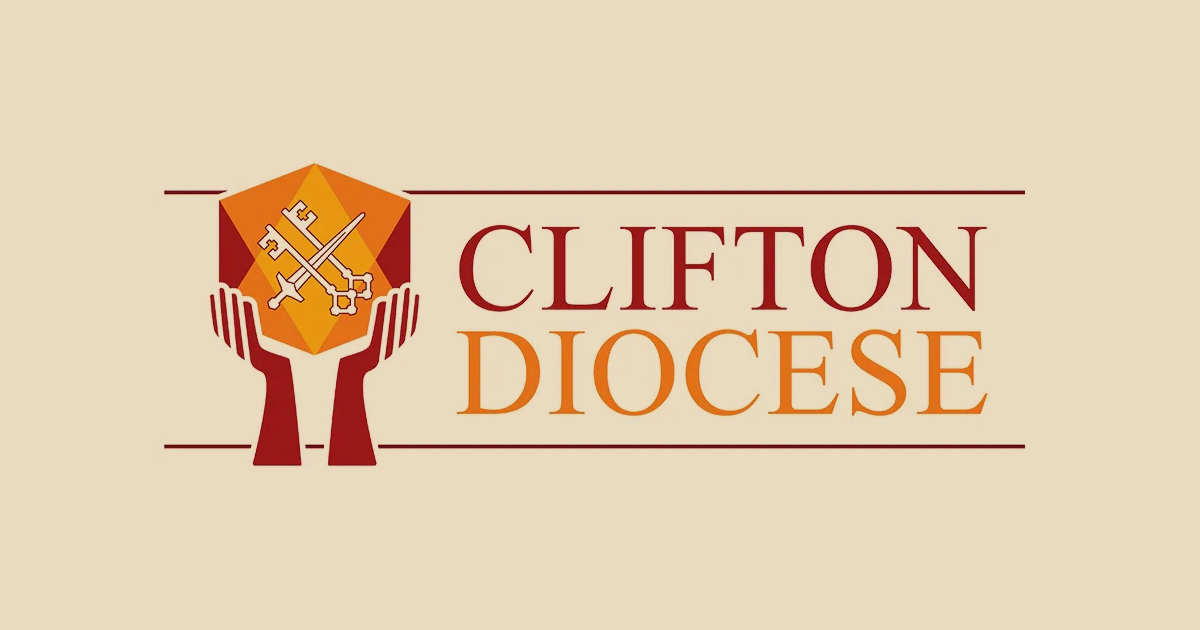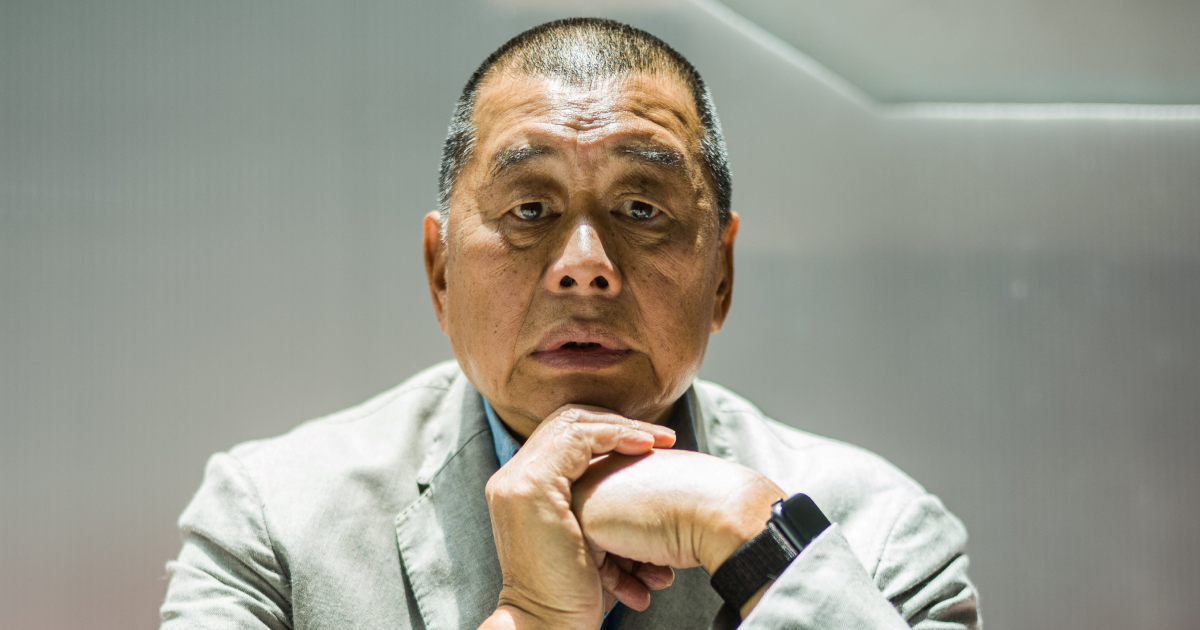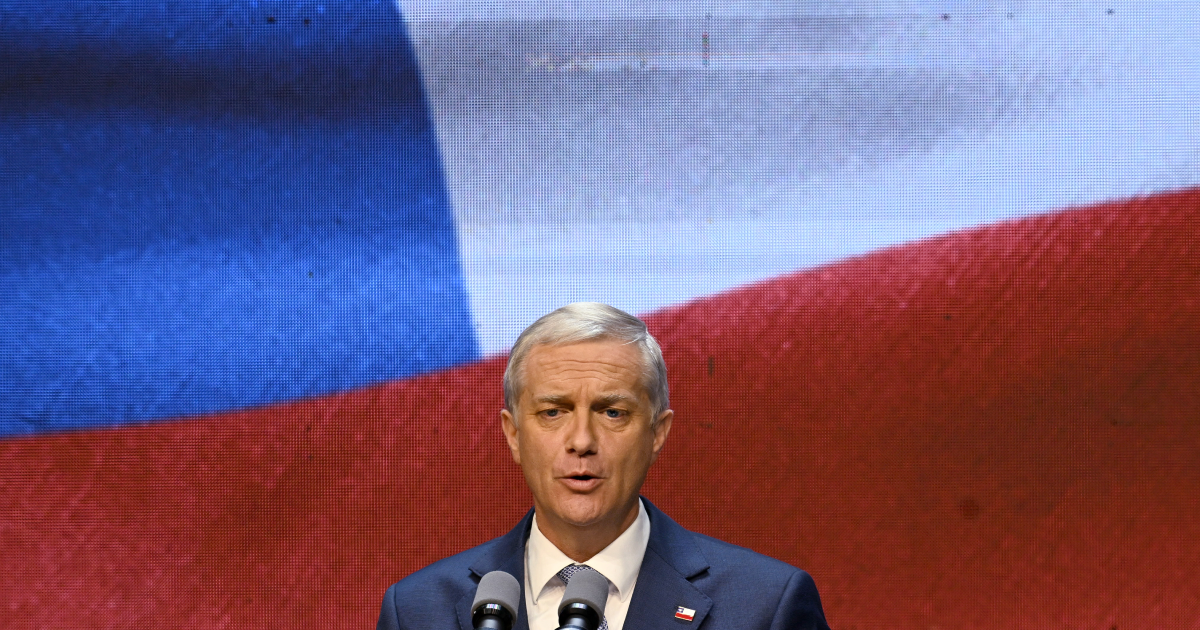The English Benedictine Community of St Edmund was first founded as a priory in Paris's Rue Saint Jacques in 1615 by the Archbishop of Rheims, Dom Gabriel Gifford. In its classical church of 1674-7 would be deposited the mortal remains of James II and many English Catholic Jacobites.
James II died in 1701 and his body (minus brain, heart and entrails, all of which were dispatched elsewhere) was placed in a sarcophagus (consisting of two wooden coffins and one of lead) in St Edmund's chapel. Lights were kept burning at his tomb until the Revolution; in 1789 the priory had 15 choir monks.
The Revolution caused the monks to move from Paris to Douai, in French Flanders. AWN Pugin was commissioned to design a new collegiate chapel for them, built in brick in French neo-gothic style between 1840-43. This chapel became an abbatial church in 1901 when the priory was elevated to an abbey.
In the same year, Pierre Waldeck Rousseau, the French prime minister, introduced the anticlerical Law of Associations, restricting the activities of religious communities. In 1903 the Douai monks duly moved to England, settling at Upper Woolhampton, near Reading. They took over the College of St Mary, which had been founded in 1838 on a site donated by the local lord of the manor the Catholic 7th Earl of Fingall. Its small church (by George Jonas Wigley, 1848) was duly adapted as a temporary abbey church.
This building was far too small, and the monks spent the next 25 years trying to identify a suitable architect to design a fittingly grand successor. They eventually settled on a design by J Arnold Crush FRIBA (1885-1936), a Birmingham architect who had been a pupil of Giles Gilbert Scott and Edwin Lutyens.
The church was designed by Crush in 1928 as a cruciform late Gothic building with a four-bay choir and ambulatory, un-aisled transepts, a short three-bay nave and a lower three-bay Lady Chapel on the southern side. The foundation stone was laid on 18 June 1928 by Bishop William Cotter of Portsmouth. Coincidentally, the day marked 25 years since the expulsion of the monks from France and the day on which nearby Reading Abbey had been founded in 1121.
Before work stopped in 1933, the ambulatory, the east bays of the choir and the Lady Chapel were complete. The exterior was built in red brick with Decorated windows of flowing tracery and a parapet of brick and chequered flint.
The east end of the abbey church floats above the surrounding countryside. The architectural historian Jonathan Glancey described it as resembling "some unknown and magisterial French cathedral in English dress".
The interior of the older part of the church is built in white stone and is tall, spacious and light. It is vaulted in stone-clad concrete, with bosses by Geoffrey Webb. Those in the choir illustrate Marian symbols from the east Our Lady Enthroned, a Maria Regina monogram, the Mystic Rose and the seven stars of Revelation. Continuing into the sanctuary, the bosses depict the martyrdom of St Edmund, and Christ the King. There is otherwise no elaborate carving, and the mouldings are simple.
The chancel has clerestory windows at vault level and no triforium; all unnecessary walling was eliminated. Crush's work is a highly successful expression of the final phase of the Gothic Revival, and is listed Grade II*. In 1989, after a competition, Dr Michael Blee was commissioned to complete the building. He had a novel vision for the completion of the existing neo-Gothic church in a sympathetic modern manner, while a budget of £1 million enforced a degree of constraint in his design and choice of materials.
Blee had to match the enormous height of the choir and preserve its dignity. His new tent-like west end carefully repeated the proportions of the original building and was developed in harmony with the strong silhouette of Crush's building to produce a unified whole. The dominating effect of the interior is that of timber beams. The exterior of the narthex has an expansive covering of slate work, glass and a flèche.
Five times a day the monks meet in choir to recite the Divine Office and celebrate Mass. The choir stalls were made in 1909 by Hardman of Birmingham and transported from St Mary's Church in 1933; they were redesigned by Crush in limed oak. The white statue of Our Lady in the Lady Chapel was installed in 1934, and the Stations of the Cross were designed by Dame Werburg Welch of Stanbrook Abbey in 1956. The Tamburini choir organ dates from 1978 and the larger organ, by Kenneth Tickell, from 1995. Blee installed the modern westernfacing altar in white stone.
The abbey had an associated independent school from when it arrived at Woolhampton in 1903 until 1999, when it closed because of financial difficulties. At its peak the school had over 300 boys; from 1915 to 1952 the headmaster was the redoubtable Dom Ignatius Rice, who played cricket for Warwickshire and was a friend of GK Chesterton.
The school buildings were later developed as private housing. The dramatic gate tower by FA Walters, three-storeyed and crenellated after the fashion of a Cambridge college, survives; over its arch there are figures of the Blessed Virgin Mary and St John the Evangelist. Old boys of the school have included the 8th Earl of Craven, Michael Geoghegan (sometime chief executive of HSBC), the architect Gerard Goalen, Lord Harvington (previously the Conservative MP Sir Robert Grant-Ferris), the poet PJ Kavanagh, Prince Ludwig of Bavaria, the actor Patrick Malahide, Archbishop Joseph Masterton of Birmingham, the historian Professor Henry Mayr-Harting and the diplomat Sir Stephen Wall.
The community currently consists of 20 monks, led by the Abbot, the Rt Revd Paul Gunter OSB. The Rt Revd Edmund Power OSB, titular Abbot of St Albans, teaches at the Collegio SantAnselmo in Rome and is the Roman procurator for the English Benedictine Congregation. Douai also runs several parishes in England, some of them diocesan. Its monks serve at Alcester (Warwickshire), Andover (Hampshire), Ormskirk and Scarisbrick (Lancashire), Fishguard and St Davids (Pembrokeshire), Stratford-upon-Avon and Studley (Warwickshire) and Kemerton (Gloucestershire).
The most interesting of these churches architecturally is St Elizabeth, Scarisbrick, which was built by Pugin and Pugin for the Marchioness de Castela (née Eliza Scarisbrick) in 1888, with attractive fittings.
Douai Abbey offers a programme of retreats and workshops throughout the year. It also has an important Library and Archives building, opened in 2010. The library houses over 100,000 books and includes a number of specialist collections, medieval manuscripts, early printed books and works by recusant Catholics. The archives hold artefacts and documents dating back to the 17th century. The building houses not only Douai's own archives, but also those from other orders such as the Dominicans and the Passionists.
Photo: Douai Abbey (image by Arcadia)
www.douaiabbey.org.uk
This article appears in the September 2025 edition of the Catholic Herald. To subscribe to our thought-provoking magazine and have independent, high-calibre and counter-cultural Catholic journalism delivered to your door any where in the world click HERE.




